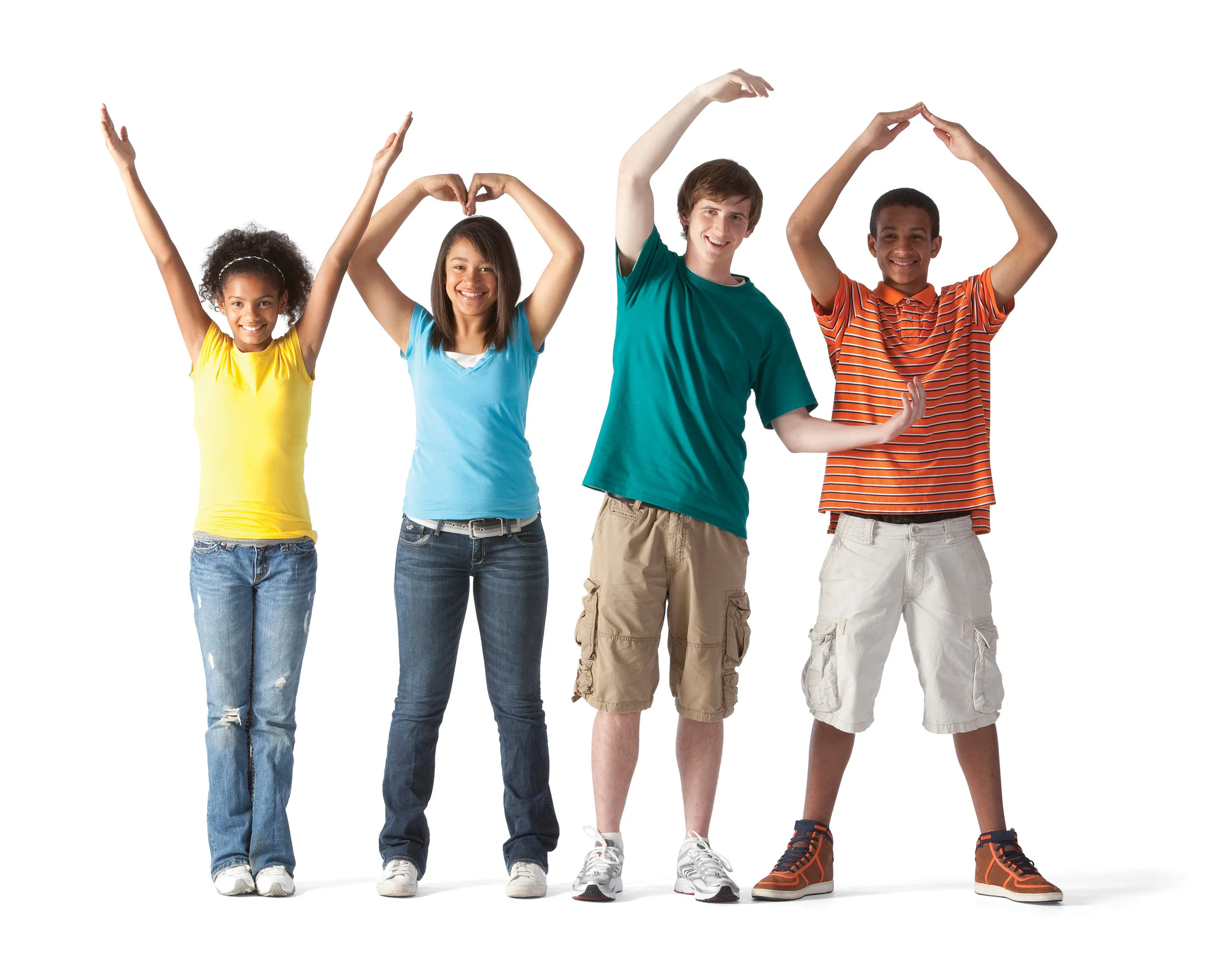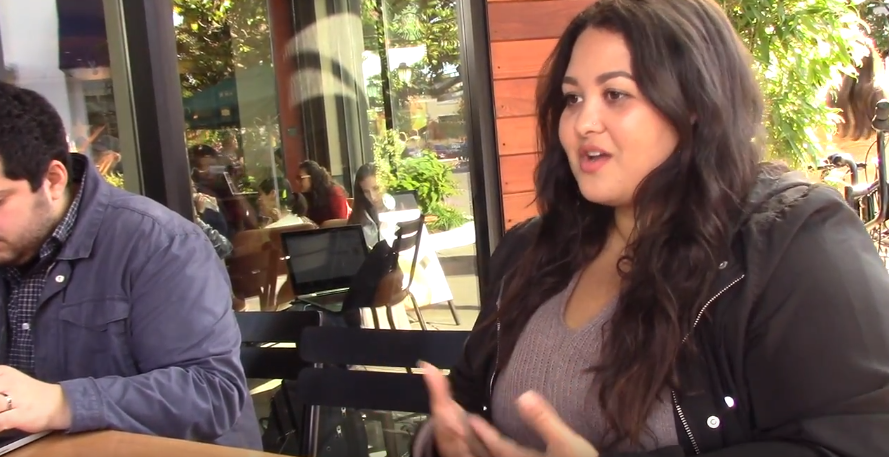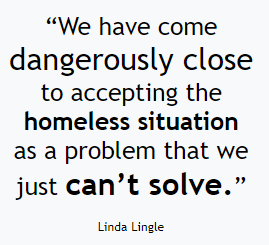Senior Capstone: Homelessness in Seattle
In my senior year at University of Washington Interaction Media Design Program, I will be working on a project that spans the entire year called the Senior Capstone. I intend on writing weekly updates on the project as it progresses.
Week One: First Contact
Homelessness was a topic my team and I found we were both concerned with and passionate about. We had all witnessed how the population of people without a regular dwelling has grown. In our first week, we contacted organizations in the area to interview and partner with. We took a particular focus on non-profits that worked with homeless youth.
Week Two: Ethnographic Interviews
We interviewed three people; Tami Farber, Vice President of Equity, Advancement and Global Engagement at the YMCA, Craig Gibson, Volunteer specialist at YouthCare, and Charlotte Sanders, an associate professor at the UW School of Social Work, who has been working in the community since 1990. All three offered a new perspective on our topic of research. Researching each organization prior to meeting, creating relevant questions, and orchestrating the interview process was exciting and stressful.
Interviewing in U-Village with Charlotte Sanders and the team.
Week Three: Research and Findings
This week we spent most of our time researching and reflecting on our findings. After presenting our ideas to our peers and getting constructive feedback on our papers, we did some iteration and developed more concrete ideas for our iOS app. Still in the beginning of the process, we are working to find a rhythm within our group and determining who will take the lead with certain aspects of the project.
Week Four: Personas
This has been one of the more interesting parts of the process thus far. We have spent some time determining the possibilities and constraints of the social issue of homelessness and even moved to a phase of Ideation, where we have brainstormed solutions. Now we are using our research and our interviews as a basis for pondering who our users will be. Who will want and/or need to use this app? We have discovered that there are many different users who would hold many different intentions, yet we focused on four central types of people. I decided to base my persona on the role of a case worker who will use the app to look up information to share with clients and peers. My team took on the roles of an everyday citizen who wants to help, a young woman who has a job and a smartphone but does not have a place to stay, and a young person experiencing homelessness in the streets.
Week 5: User Research
This was a continuation of the previous week. Our persona development was paired with more research on users who might be experiencing homelessness and their use of different technology. We then wrote papers on our research, findings and process.
Week 6 + 7: Paper Prototypes
The design process become much more tangible in these two important weeks. The team moved to the whiteboard to map out our ideas of what our iOS app's interface might look like. We all had different concepts in mind and this was a valuable process to funnel them into a central idea.
After narrowing down the functionality to two user story pathways, we moved from the whiteboard to low fidelity paper prototypes. After the completion of this phase we set up another meeting with one of our stakeholders, to test out the prototype and receive feedback on our design.
Week 8: Broadening Ideas
This week the group worked on building a low fidelity interactive prototype and prepped for our second meeting with stakeholders. We also met with professors and received valuable feedback on our app name and general focus. We have since split our ideas into a more general information app and an app with a singular purpose. Some of the team work on one and some on the other. We will present both app proposals to the stakeholders and move forward based on their reactions and feedback.












